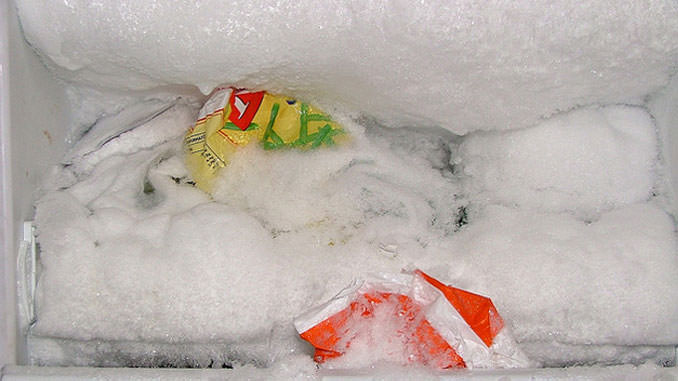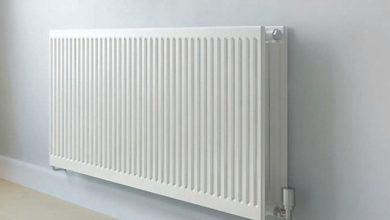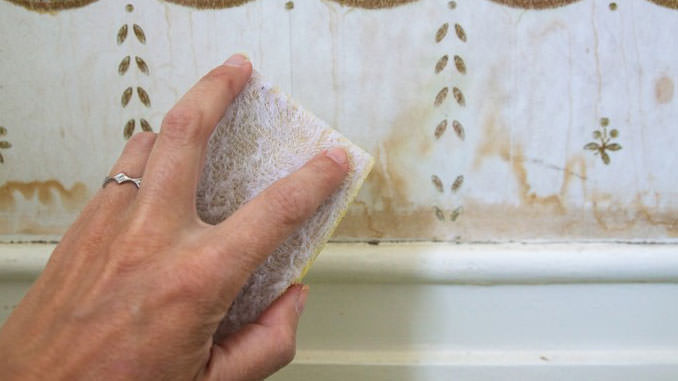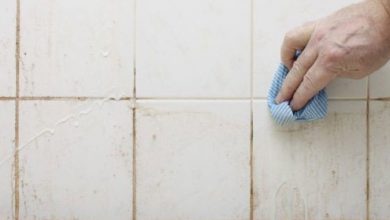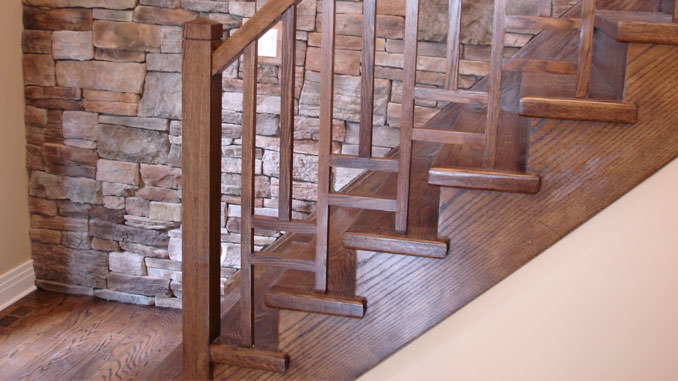
How to clean railings naturally
In recent years the world of green, organic, and a particular sensitivity to the environment outlines significant changes in every family. For this reason, more and more often, many people prefer to clean their apartments naturally without resorting to the help of chemicals that sometimes damage and pollute excessively.
Railings are a separate chapter, as their cleaning differs according to the material they are made of, and there is no universal rule to clean them optimally. Still, We can adopt some precautions on a case-by-case basis, in the guide that follows, some advice on cleaning the railings naturally.
To combat the railings’ dirt, whether they are made of wood, iron, steel, or concrete. But, first, it is necessary to sweep away the largest dust that the wind generates continuously to deposit mites, fine dust, and other invisible agents on the balustrade’s pathogens that stain the terraces.
To do this, you can use two ways: the vacuum cleaner that allows you to change the heads (in this case, use the smaller ones between one grate and the other carefully) and the more traditional broom, that is the broom used by the street sweepers, composed of several alternating layers that allow the dust not to deposit (as in traditional ones), but to remove it.
Once you have eliminated the bulk of the dust from the railings, you can proceed in a more specific way by using natural products. If it is a wrought-iron railing (the most common), use a solution of warm water, vinegar, and lemon, scrubbing the surfaces with a microfibre cloth.
To finish the polish, just put a few olive oil drops in a cotton swab and wipe it evenly. On the other hand, if it is a concrete railing, no cloth is good, but rather a brush composed of semi-hard bristles to be used vigorously together with bicarbonate. In this case, there is no need for further polishing, as concrete is a more complex material.
If the railings are made of aluminum, it is sufficient to use a solution of warm water and Marseille soap. Should apply this evenly with a damp cloth. The same goes for plastic railings. At the end of the operation, wipe with a dry cotton cloth for stain-free drying in both cases.
On the other hand, the matter is more delicate for wooden railings: sandpaper is used and sometimes even a grinder. So, in general, more specific products are needed.

